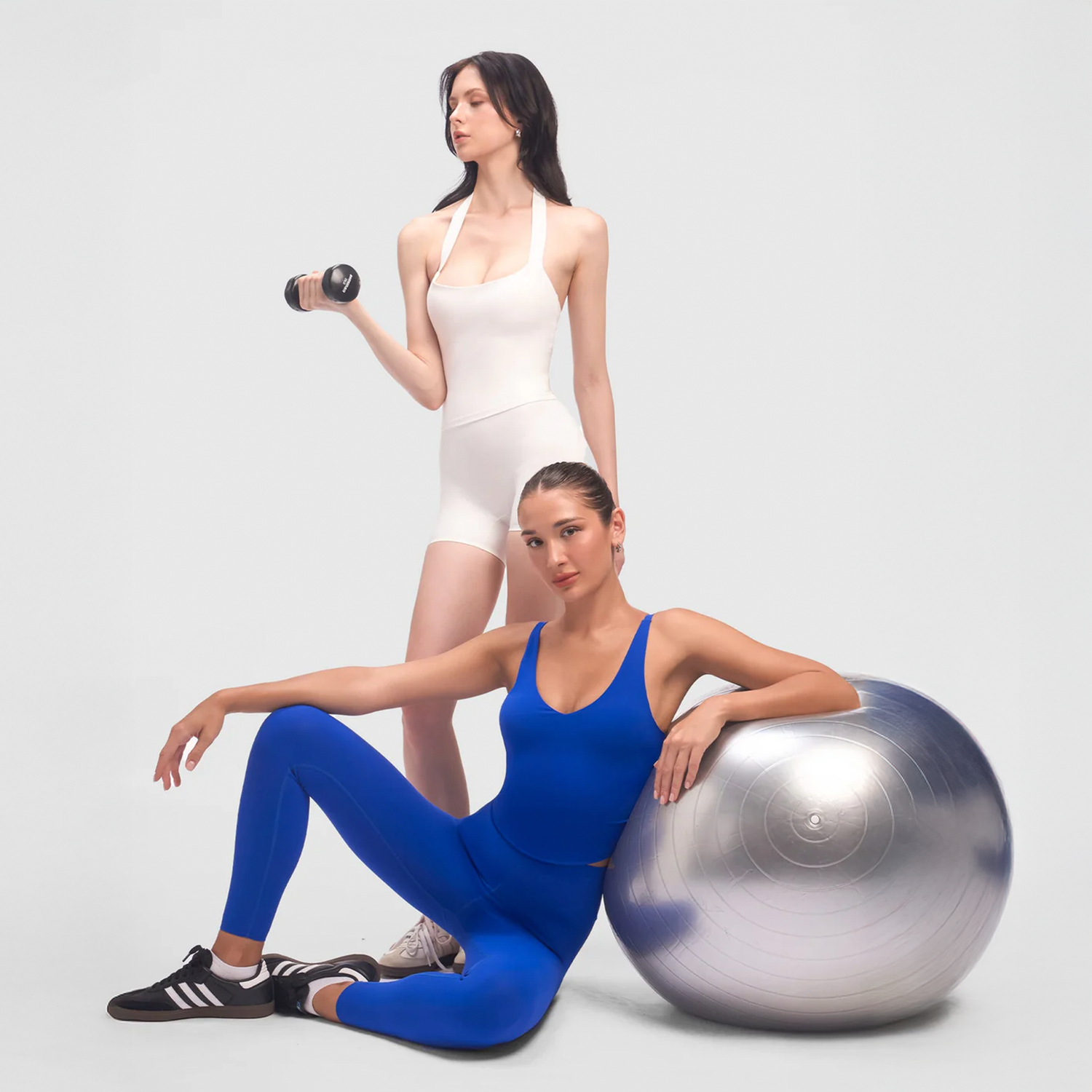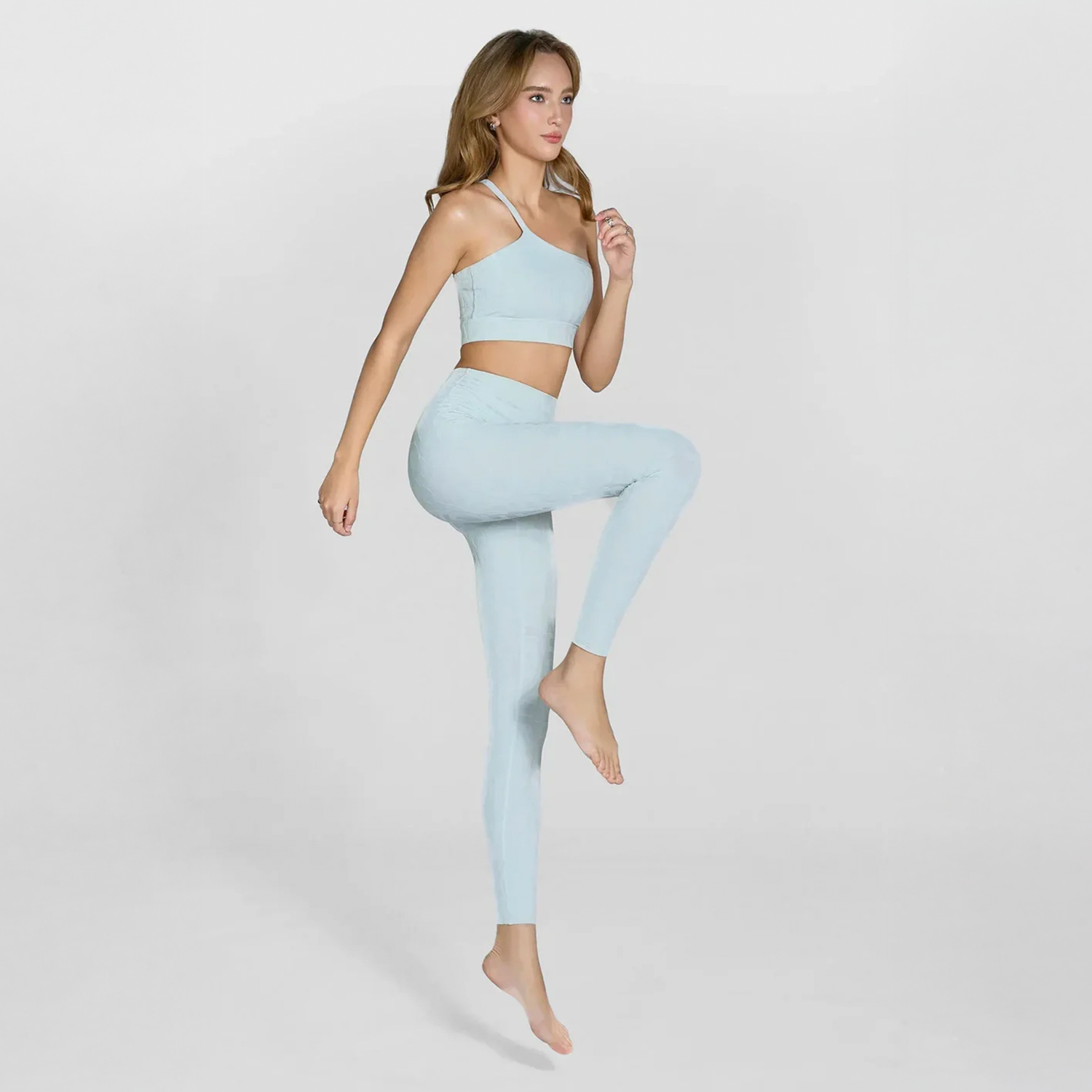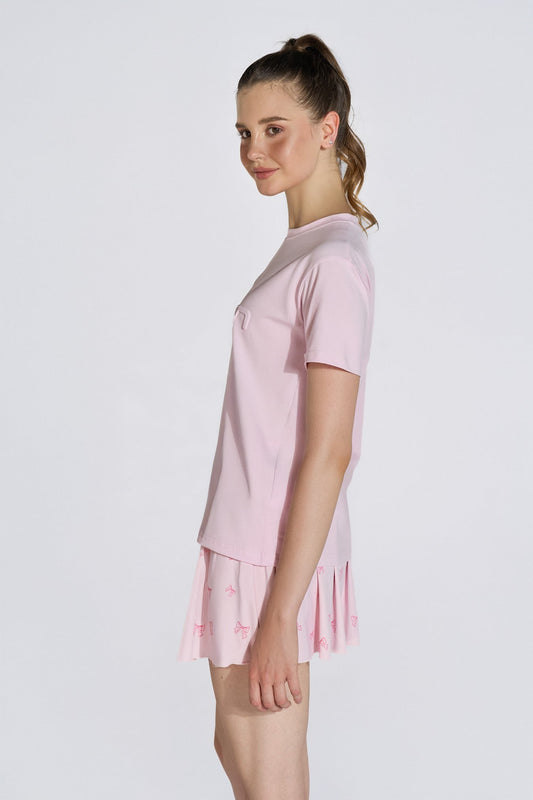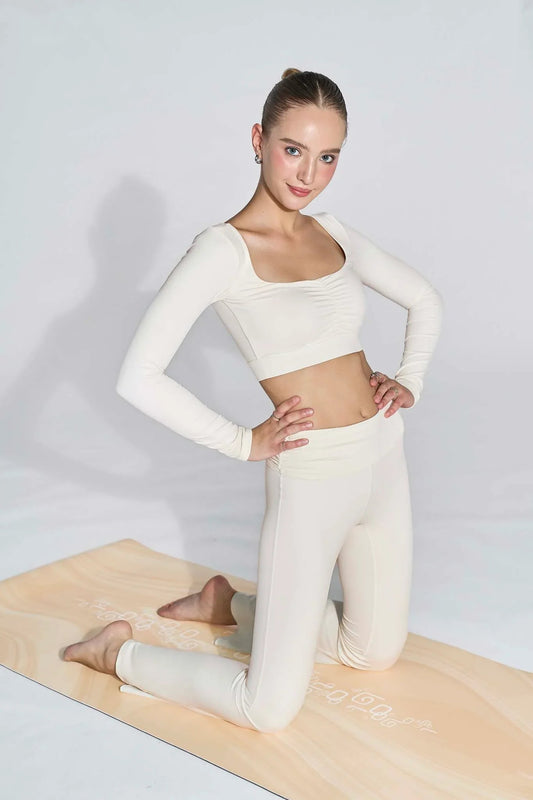Follow this article with Olaben to understand why breathing is considered the very “soul” of yoga. Proper breathing not only helps you relax but also maximizes the benefits of every pose, making your body more flexible, your mind calmer, and your awareness sharper. From basic breathing principles to advanced techniques, you’ll find detailed guidance to start practicing right away.
Why breathing matters in yoga
Breathing is not just a part of yoga – it is the “bridge” between your body, mind, and emotions. Many people think yoga is just a series of gentle stretches, but in reality, how you inhale and exhale plays a major role in the effectiveness of your practice.
Even as a beginner, you’re often guided through breathing exercises before moving into poses. This helps regulate the body, slow the heart rate, and improve metabolism. As the difficulty of the poses increases, proper breathing becomes the “engine” that allows you to hold them longer and go deeper.
- Balance emotions and calm the mind: Deep, slow breathing supplies your brain with oxygen and reduces CO₂ levels in the blood, easing stress. Negative emotions such as anxiety, fear, or anger are better controlled, leaving your mind clear and balanced.
- Boost natural strength and endurance: When you breathe correctly, the nervous system sends positive signals to the muscles, reducing tension and discomfort. Your body becomes more flexible and less fatigued, allowing you to hold poses longer and train more effectively.
- Improve focus: The habit of observing your breath in yoga helps you become more aware of each inhale and exhale throughout the day. This leads to better concentration, slower reactions, and a more mindful approach to work and life.

Breathing principles to follow in yoga
To get the most out of your yoga practice, breathing needs to be done with proper technique and awareness. Here are key principles to keep in mind:
- Breathe through the nose: Always inhale and exhale through the nose to filter, warm, and humidify the air before it reaches your lungs. Avoid mouth breathing unless necessary.
- Use diaphragmatic breathing: When inhaling, the diaphragm lowers and the belly gently expands. When exhaling, lightly engage the core so the diaphragm lifts and the belly draws in. This breathing style allows for maximum oxygen intake and soothes the nervous system.
- Maintain a steady rhythm: Breathing has its own rhythm, just like the body’s natural cycles. Slow, steady inhales and exhales help balance hormones and energy, improving focus.
- Breathe gently and mindfully: Sit or lie in a comfortable position, keep your lips softly closed, and rest the tongue gently against the roof of the mouth as a reminder to breathe only through the nose. Inhale deeply until you feel the breath reach the lower abdomen (about 3 cm below the navel), hold for 5–10 seconds, then exhale fully and repeat.
The mechanism of deep inhalation and exhalation
- Deep inhale: This is an active process. The diaphragm moves downward, pushing abdominal organs lower and expanding the chest cavity both horizontally and vertically. This allows maximum airflow into the lungs for optimal oxygen absorption.
- Deep exhale: Also an active process. When the abdominal muscles contract and the belly draws in, the diaphragm is pushed upward, decreasing chest cavity volume. The intercostal muscles assist by pulling the ribs down and inward, expelling all residual air from the lungs.

Popular yoga breathing exercises
Breathing is the key to yoga, and there are many techniques you can choose depending on your goals: detox, relaxation, or energy boost. Here are four simple and popular exercises you can try:
1. Bellows Breath (Bhastrika)
The name “Bhastrika” comes from the sound and sensation of air moving in and out of the nose, like a blacksmith’s bellows.
How to practice:
- Sit with your back straight, legs crossed, hands on your knees.
- Relax your body, inhale forcefully through the nose to expand the belly.
- Exhale forcefully, drawing the belly in completely.
- Repeat 10 times continuously for 1–5 minutes.
Note: Do not practice for more than 5 minutes to avoid dizziness.
2. Alternate Nostril Breathing (Nadi Shodhana)
This is one of the most common breathing techniques in yoga, balancing the nervous system and cleansing the energy channels.
How to practice:
- Sit comfortably with your spine straight.
- Close the right nostril with your right thumb and inhale through the left nostril.
- Close the left nostril with your ring finger, open the right nostril and exhale slowly.
- Inhale through the right nostril, then switch sides to exhale.
- Repeat this cycle 10 times.
3. Deep Breathing
This beginner-friendly technique regulates breathing and releases tension.
How to practice:
- Sit on a chair or floor, keeping your spine and shoulders straight.
- Close your eyes and breathe naturally for 1 minute to relax.
- Exhale slowly for 4–5 seconds, pulling the belly toward the spine.
- Inhale slowly, feeling the belly rise.
- Maintain a steady rhythm for 3–5 minutes.
4. Humming Bee Breath (Bhramari Pranayama)
This technique calms the nervous system and enhances concentration.
How to practice:
- Sit cross-legged on the floor with a straight spine and relaxed shoulders.
- Close your ears with both thumbs. Place middle fingers gently on closed eyes, index fingers on temples, and ring + little fingers on the sides of the nose.
- Inhale deeply through the nose, then exhale while producing a low, steady humming sound like a bee.
- Repeat 11–21 times to feel fully relaxed.

Proper breathing in yoga is the key to connecting body, mind, and emotions. When you learn to breathe deeply, evenly, and mindfully, your yoga practice becomes more effective, and your overall health and mental well-being improve significantly.
For a complete practice experience, choose breathable, stretchy yoga wear that allows full range of motion and deep breathing. Olaben’s yoga wear collection helps you stay comfortable, confident, and consistent on your wellness journey.








